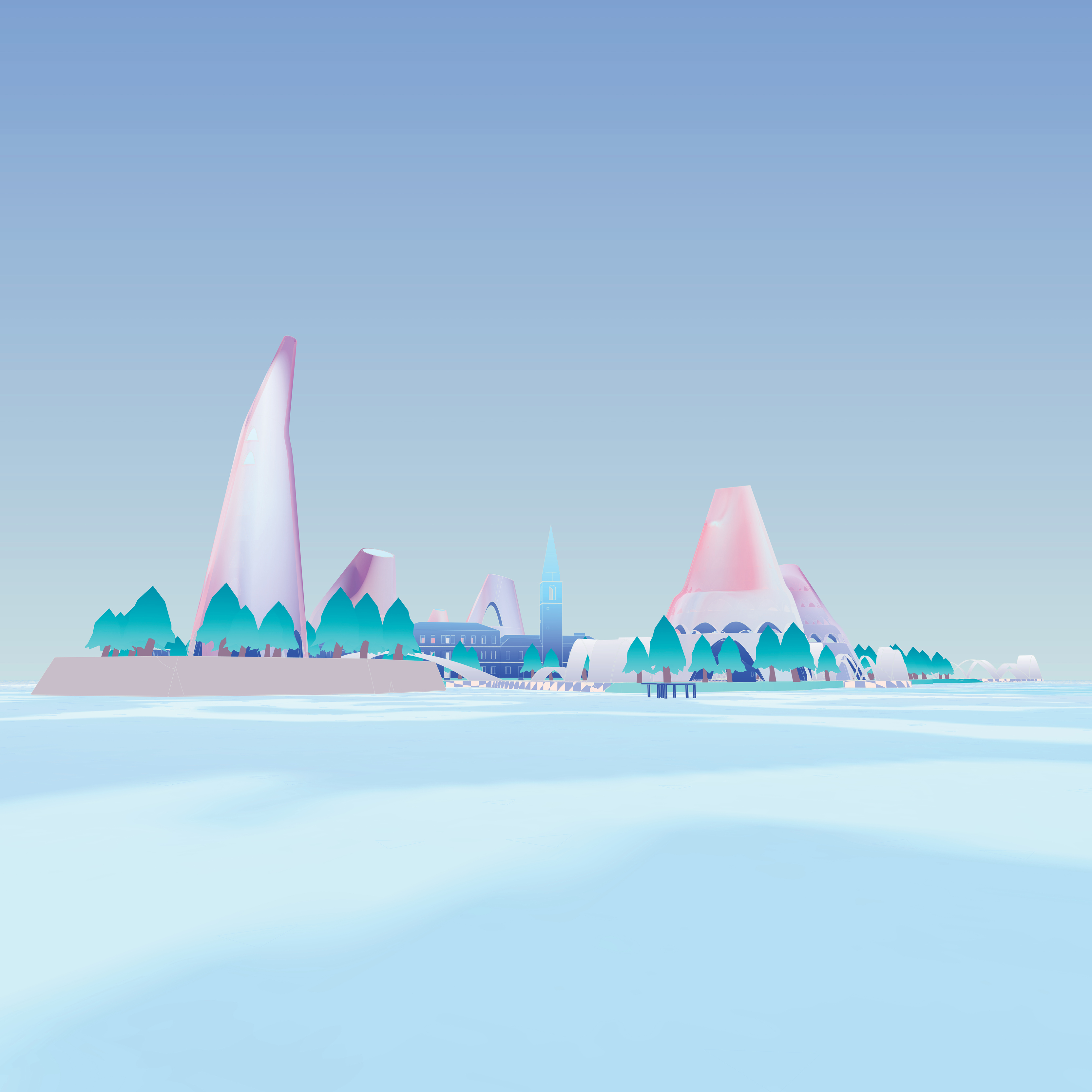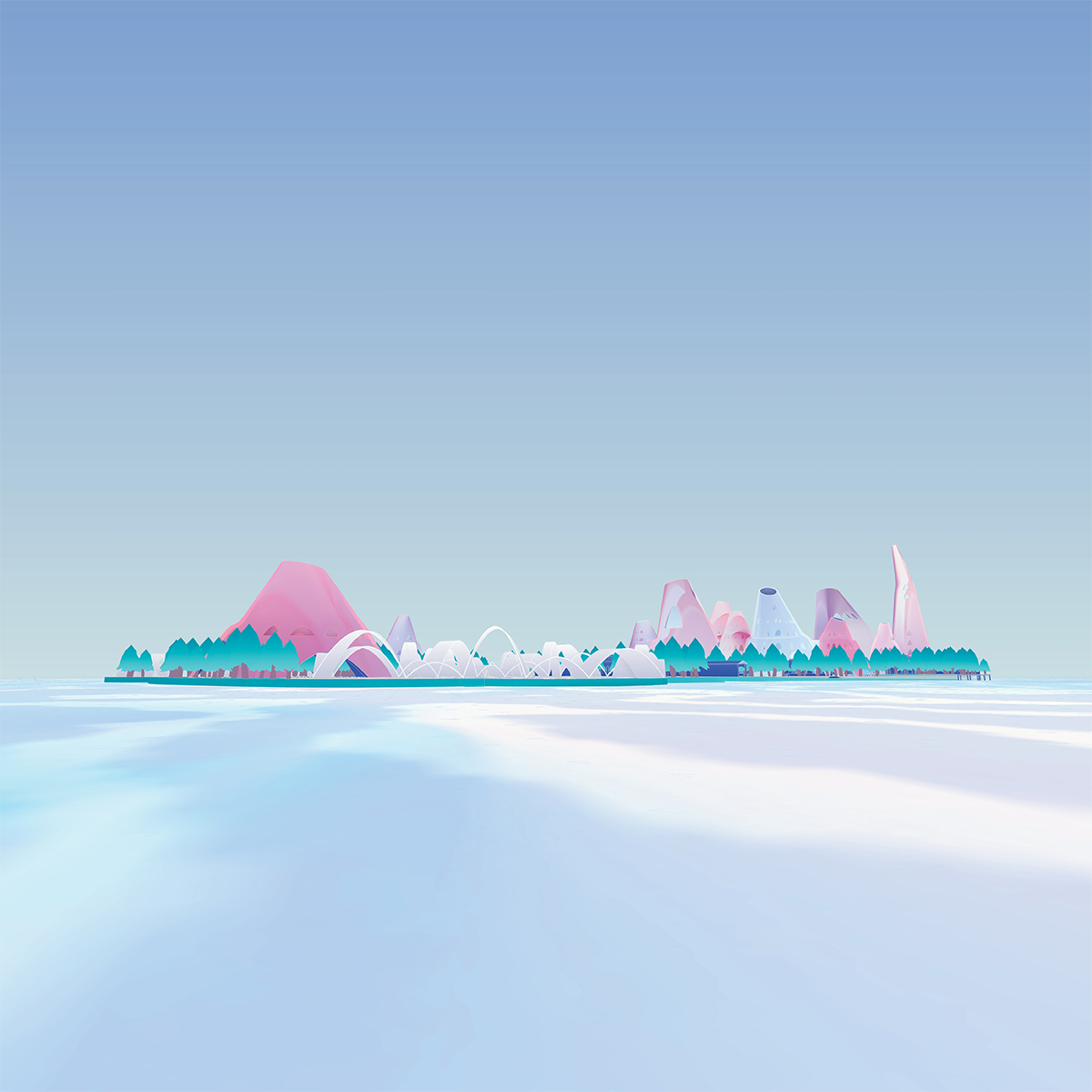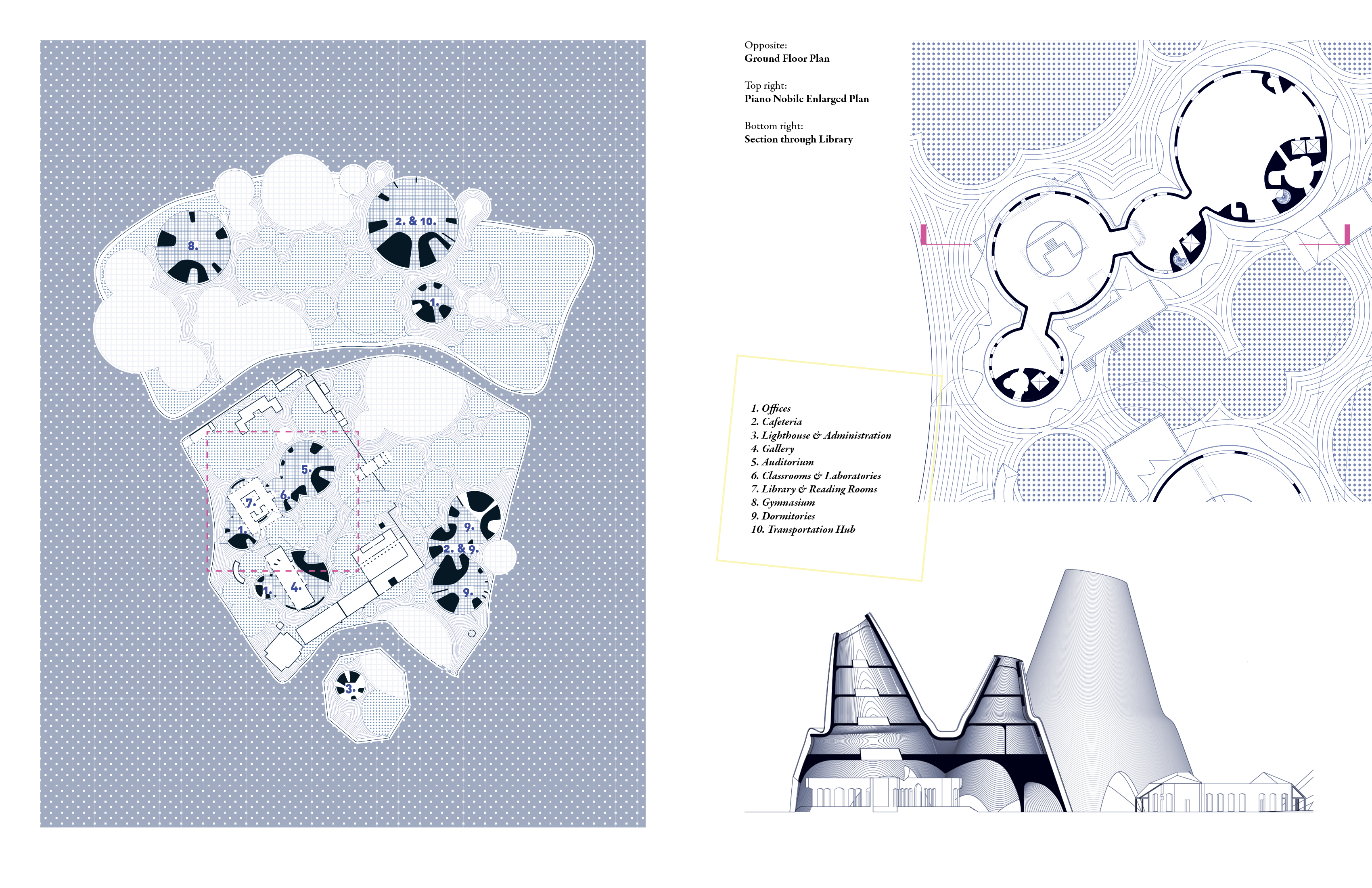We are inclined to believe that we’ve got the equation of preservation all backward. We, unfortunately, have nothing to offer Poveglia. Poveglia is merely an architectural carcass, and dead things have no desires.
The opportunity to coexist with and perhaps even learn from a physical manifestation of history is a rare one that underscores a foundational pillar of academic learning. It is an opportunity that should not be squandered through some sort of well-meaning Frankensteinian restoration or adaptation. Like a post-mortem at a body farm, Old Poveglia should be allowed to continue its decay; from a learning standpoint, what good is an old building if we don’t let it get older?
It is through the coordinated deployment of before-ness and after-ness that we fulfill our expectations for our proposed model of a university: the dilation of the now. Whether one waxes nostalgic for buildings of the past or speculates ambitiously of what might come next, we are ultimately and inexorably trapped in the now—we study and learn in places like Poveglia in hopes that, at best, we might expand our perception of the present. With such an approach, we cease asking, “Why?” and instead we ask, “What then?”



